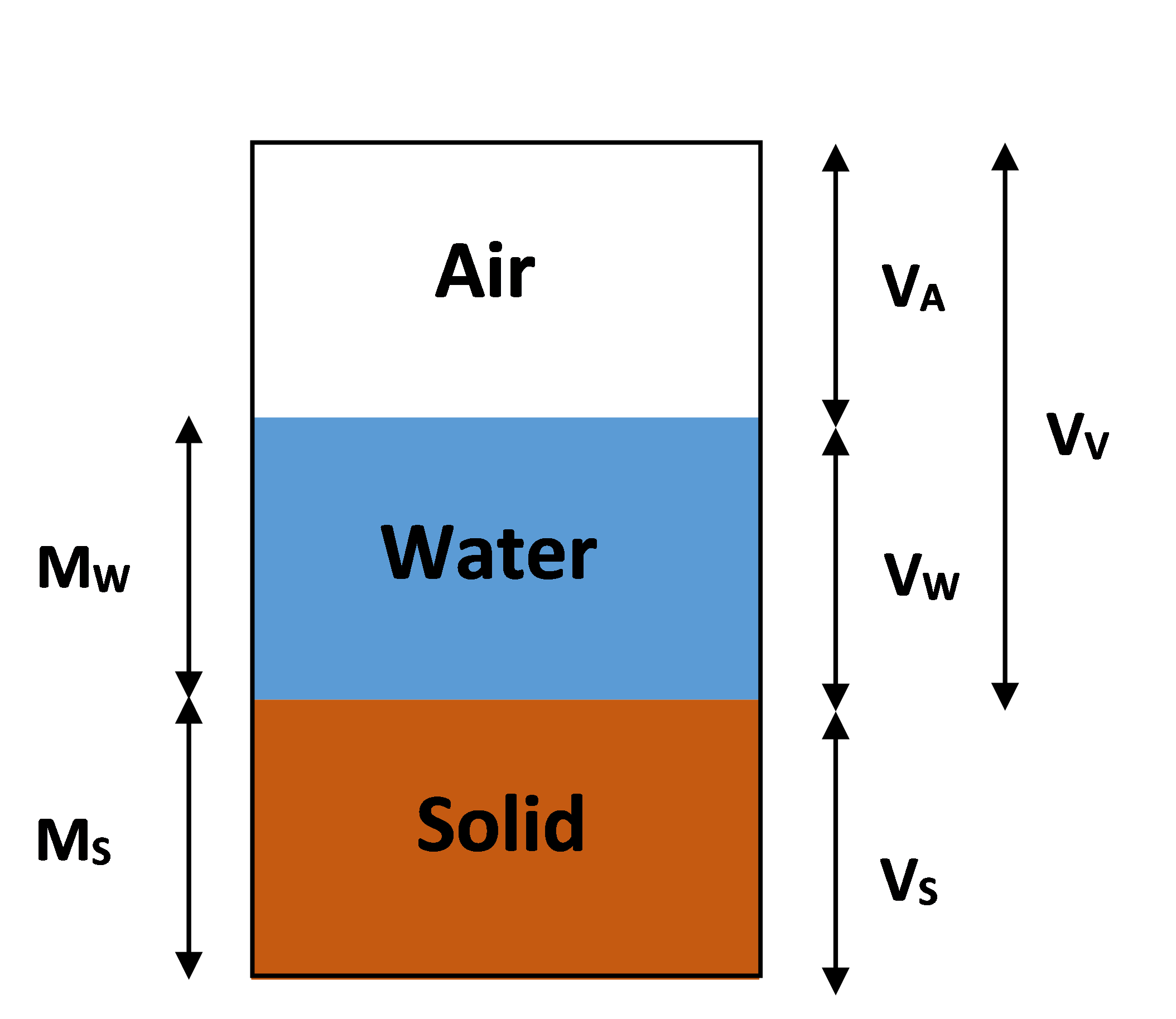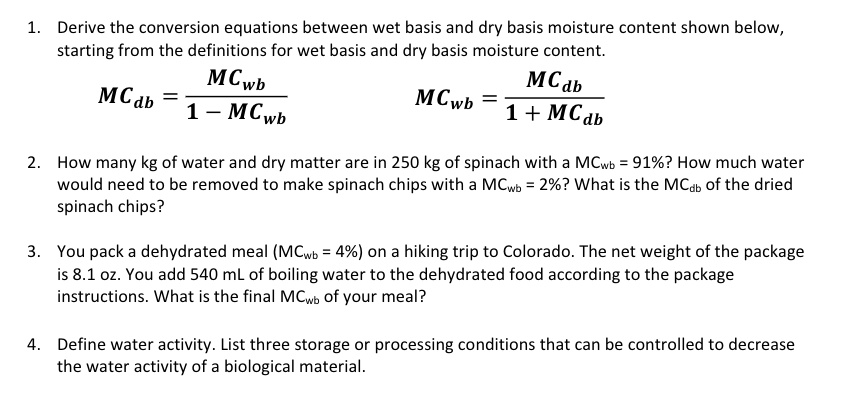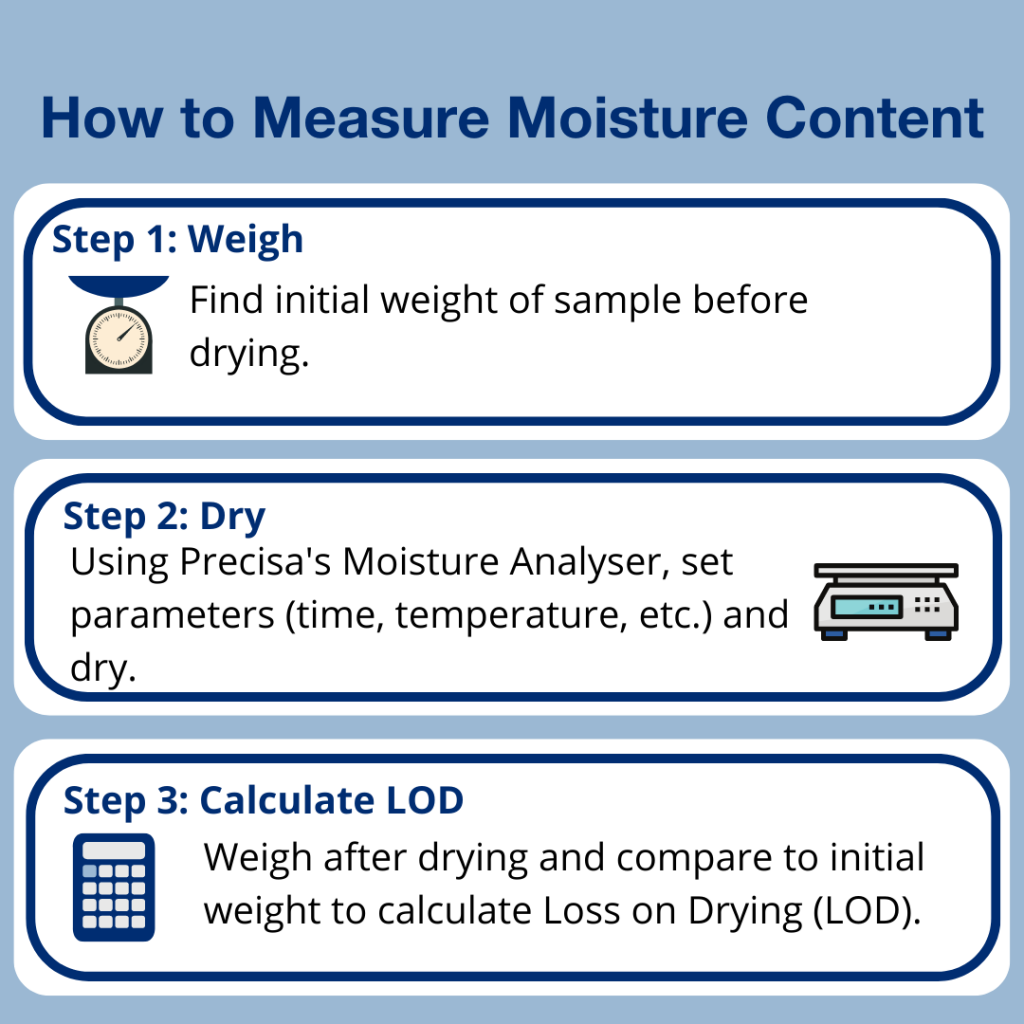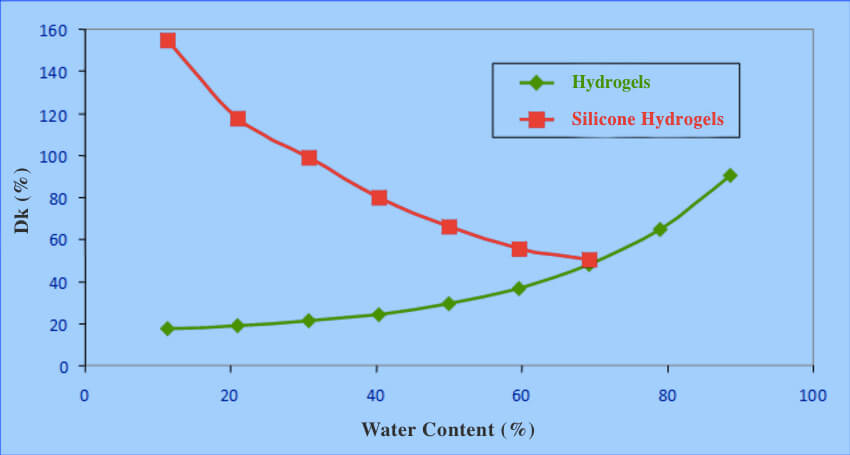What Is The Relationship Between Water Content And The Nail

Our nails, often viewed as simple adornments, are surprisingly complex structures that reflect our overall health. Beyond aesthetics, the condition of our nails, particularly their water content, provides valuable insights into hydration levels and potential underlying health issues. Understanding the intricate relationship between water content and nail health can empower individuals to make informed decisions about their well-being.
This article explores the scientific connection between water content and nail health. It aims to shed light on how hydration affects nail strength, appearance, and susceptibility to damage. The information presented is based on scientific research and expert opinions, offering readers a comprehensive understanding of this important aspect of personal health.
The Composition of Nails
Nails are primarily composed of keratin, a protein also found in hair and skin. This protein gives nails their strength and structure. Alongside keratin, nails contain water, lipids, and trace minerals, all contributing to their overall health and flexibility.
The water content of a healthy nail typically ranges from 10% to 30%. This percentage can vary based on environmental factors, such as humidity, and individual health conditions.
How Hydration Affects Nail Health
Adequate hydration is essential for maintaining the proper water balance within the nail structure. When the body is adequately hydrated, nails tend to be stronger, more flexible, and less prone to breakage.
Dehydration, on the other hand, can lead to brittle, dry, and easily damaged nails. This is because a lack of water reduces the nail's flexibility and resilience. This makes them more susceptible to splitting, cracking, and peeling.
Signs of Dehydration in Nails
Several visual cues can indicate dehydration affecting nail health. These include brittleness, increased fragility, and slow nail growth.
White spots, also known as punctate leukonychia, can sometimes be associated with nail trauma or mineral deficiencies, but severe dehydration can exacerbate their appearance.
External Factors and Nail Hydration
External factors significantly influence nail hydration. Frequent hand washing, exposure to harsh chemicals (like those found in cleaning products), and excessive use of nail polish remover can strip nails of their natural moisture.
Environmental conditions, such as dry air, particularly during winter months, also contribute to nail dehydration. These factors disrupt the nail's natural moisture barrier, leading to dryness and brittleness.
Maintaining Optimal Nail Hydration
Maintaining adequate hydration is crucial for healthy nails. Drinking sufficient water throughout the day is paramount. The general recommendation is eight glasses of water daily, but individual needs may vary based on activity level and climate.
Additionally, using moisturizing products specifically designed for nails and cuticles can help retain moisture and prevent dryness. These products often contain ingredients like shea butter, jojoba oil, or vitamin E, which nourish and hydrate the nail plate.
Protecting Nails from External Damage
Protecting nails from external damage is equally important. Wearing gloves when performing tasks involving harsh chemicals or prolonged water exposure can minimize moisture loss.
Limiting the use of harsh nail polish removers and opting for acetone-free formulas can also help prevent excessive drying. Consider taking breaks from nail polish to allow nails to breathe and rehydrate naturally.
The Role of Diet
A balanced diet rich in vitamins and minerals contributes significantly to overall nail health, including hydration. Nutrients like biotin, vitamin E, and omega-3 fatty acids play crucial roles in maintaining strong, healthy nails.
Including foods like eggs, nuts, leafy green vegetables, and fatty fish in the diet can provide these essential nutrients. In some cases, supplements may be recommended, but it's always best to consult with a healthcare professional before starting any new supplement regimen.
When to Seek Professional Advice
While many nail issues related to hydration can be addressed with simple lifestyle changes, persistent or severe nail problems warrant professional attention. Conditions like nail fungus, bacterial infections, or underlying systemic diseases can manifest as nail abnormalities.
Consulting a dermatologist or podiatrist is recommended if you notice significant changes in nail color, shape, or texture, or if you experience pain, swelling, or inflammation around the nails.
“Healthy nails are a reflection of overall health,” says Dr. Emily Carter, a board-certified dermatologist specializing in nail disorders. “Paying attention to hydration and protecting nails from external damage are essential steps in maintaining strong, beautiful nails.”
Furthermore, certain medications or medical conditions can impact nail health. Always inform your healthcare provider about any changes in your nails, as they may be indicative of a larger health concern.
Conclusion
The relationship between water content and nail health is undeniable. Maintaining adequate hydration, protecting nails from external damage, and adopting a balanced diet are key strategies for promoting strong, healthy nails.
By understanding the importance of nail hydration, individuals can take proactive steps to improve their nail health and overall well-being. Remember, healthy nails are not only aesthetically pleasing but also serve as valuable indicators of overall health.


















